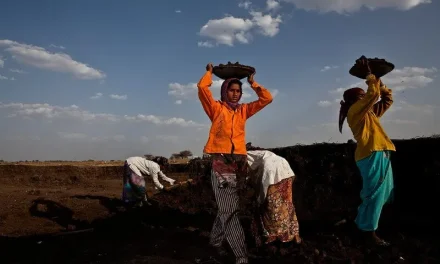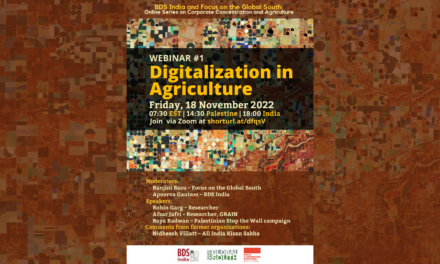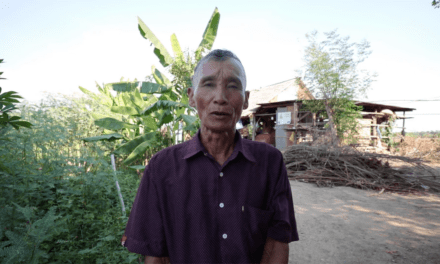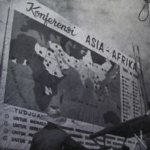Mary Ann Manahan*
In various parts of the country, poor Filipinos are lining up for rice, sending out signals that a rice crisis is unfolding in the country. They line up specifically for the subsidized rice sold by the National Food Authority (NFA), the Philippine agency responsible for ensuring food security and the stability in the supply and price of rice in the country. The long lines were triggered by soaring rice prices, which increased by up to 32 percent this month from the year-ago wholesale and retail levels.
The higher prices are due partly to the global crunch in rice supply. According to the United Nations Food and Agriculture Organization, rice stocks have dipped to their lowest level in 25 years. The most optimistic estimates say that global rice supply could slide to 70 million tons, less than half the 150 million-ton inventory in 2000. As a result, global rice prices have surged to historic levels in 20 years, trading in recent months at US $500-700 per ton compared to the US$300 per ton in the year 2000. The rise in prices has been particularly marked since the start of the year. The Philippines, for example, bought rice at US$474.40 per ton in January. By March, this price has increased by 43 percent to US$678.39 per ton.
Various reasons have been blamed for the dwindling global supply and soaring of prices: increases in the cost of oil, transport and fertilizer; rice hoarding; climate change; and the high demand for bio-fuel stock that results in the shrinking of areas planted to rice. Local experts say that the rice crisis is more than just a result of a global phenomenon. According to the Philippine Rice Research Institute and the International Rice Research Institute, failure to achieve rice self-sufficiency is due to the Philippines’ geography and booming population. From 60 million in 1990, the country’s population has increased to 90 million in 2008. National daily consumption has reached 33,000 metric tons, which is a 14 percent increase from two years ago. This amounts to a per capita consumption of as much as 134 kilos or 2.7 sacks of rice per year.
Based on government figures, rice production has been growing steadily. In 2008, the Philippines is forecast to produce around 17 million metric tons, almost double the production in 1990. However, according to the NFA, the registered growth in palay (paddy or unhusked rice) production is not enough to meet the combined effects of an increase in demand and the need to maintain the required buffer stock by July 1. To contain a surge in rice prices, the country needs to import up to 2.1 million metric tons, one of the largest rice importations in the country’s history, to be able to maintain its two-month inventory, which has thinned by 20 percent in the first quarter this year.
NGOs and farmers groups offer alternative explanations for the crisis. According to Centro Saka, Inc., an NGO that works on rural issues, the Philippines’ capacity to supply its rice requirements has continued to weaken even as the demand for rice has not increased significantly. It says that the gap between rice supply and demand has hovered at about one million metric tons in the last five years. To cover the deficit, rice importation has steadily increased from 0.7 million metric tons in 1997 to 1.8 million metric tons in 2007. This over-reliance on imports weakens the country’s food security and makes it vulnerable to global supply fluctuations such as the one currently being experienced. Land use conversion of rice lands to residential and commercial uses has also been identified as a reason for the crisis. Over the past 20 years, the country has lost nearly half of its irrigated land to urban development. Many claim that at the heart of problem is government’s neglect of agriculture over the past two decades and its incoherent food security policy.
These days, civil society watchdogs and rural development advocates are busy urging government to re-prioritize the agriculture sector and address the root causes of the rice crisis. Meanwhile it remains to be seen how effective the Philippine government’s immediate response to the crisis is.
It has so far committed to funnel additional 43.7 billion pesos to the rice sector to ensure “abundant, affordable, and accessible” food supply, bulk of which is expected to be spent on rice imports.
* Mary Ann Manahan is a research associate with Focus on the Global South.



![[CSIPM] Women and Gender Diversities Working Group Statement on CFS Gender Equality and Women’s and Girls’ Empowerment](https://focusweb.org/wp-content/uploads/2022/10/Schermata-2021-02-22-alle-15.29.09-440x264.webp)





